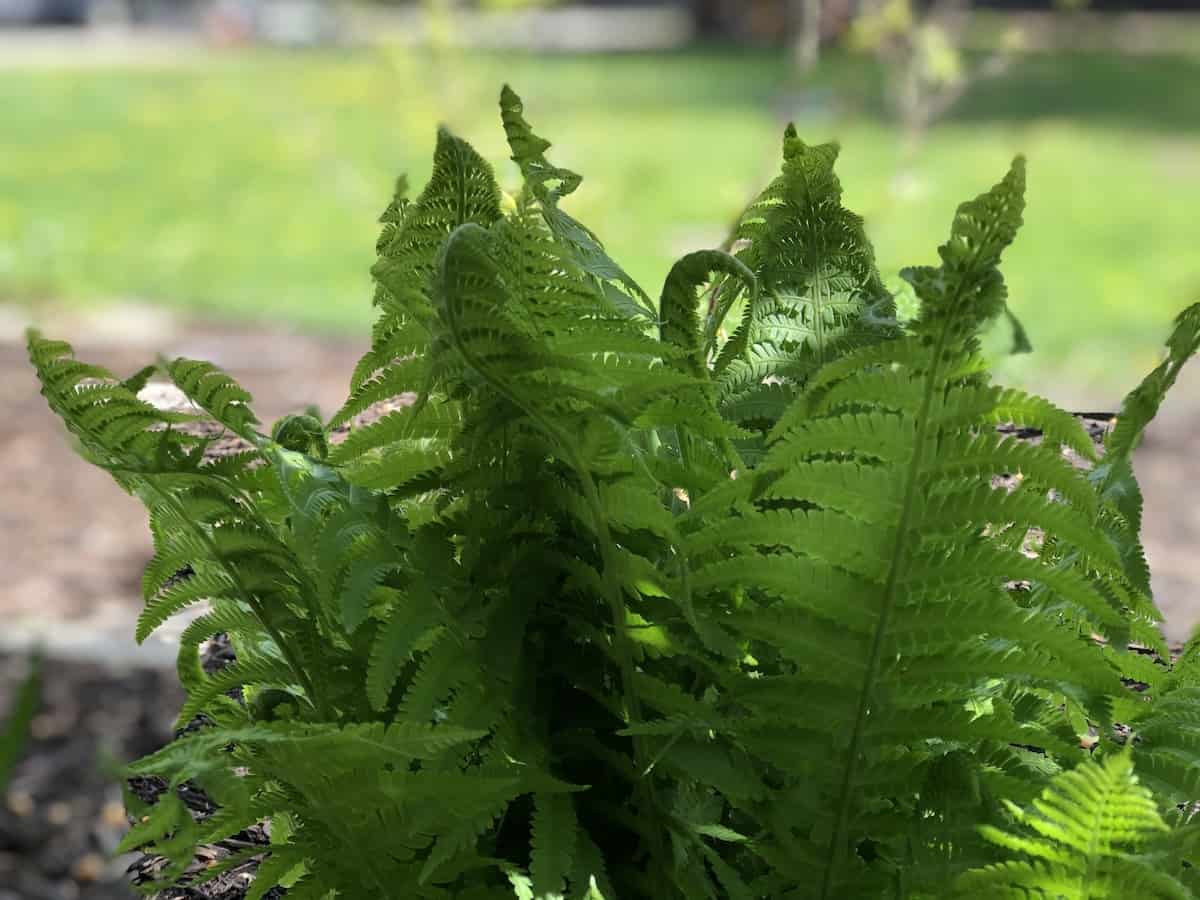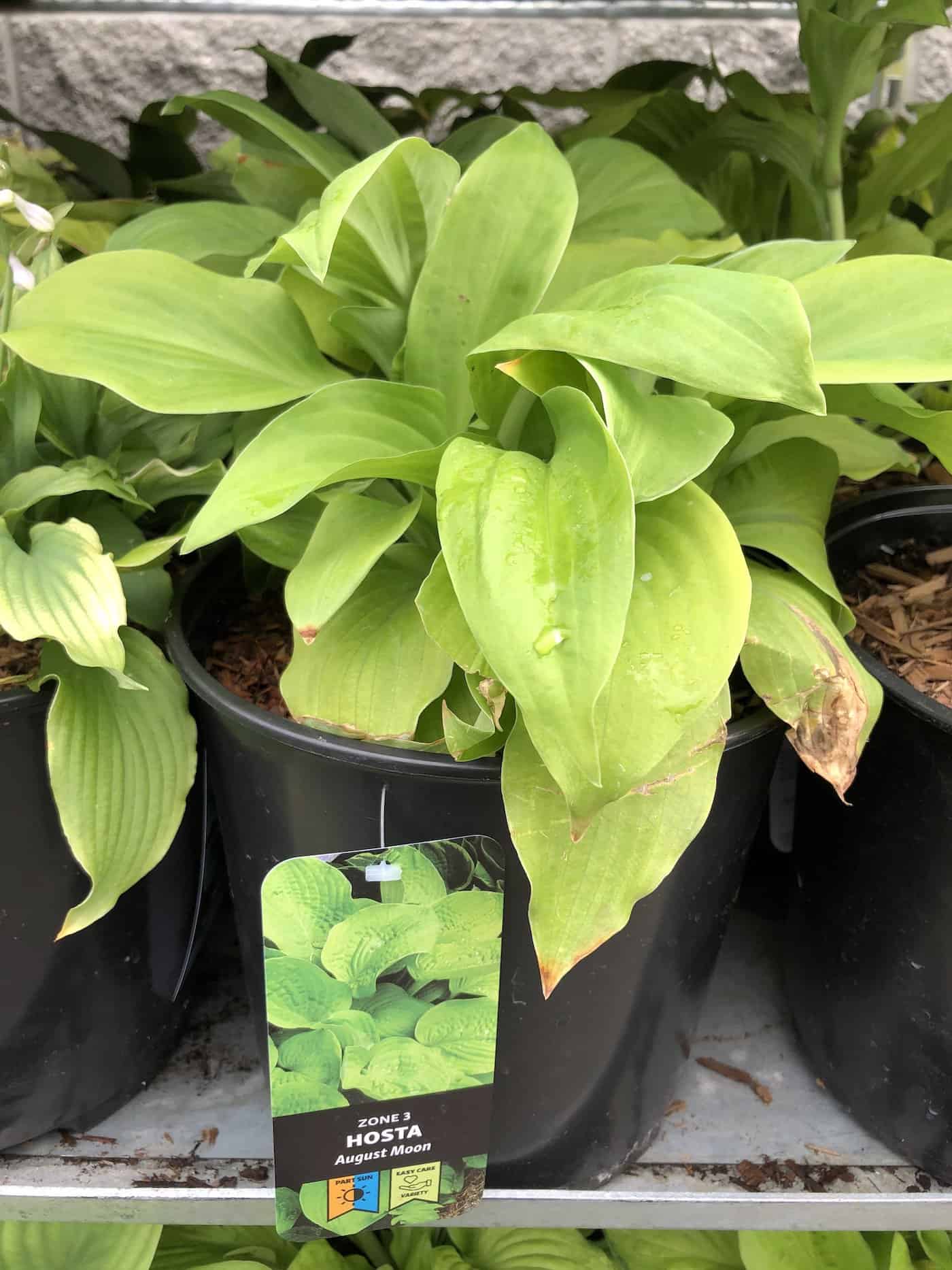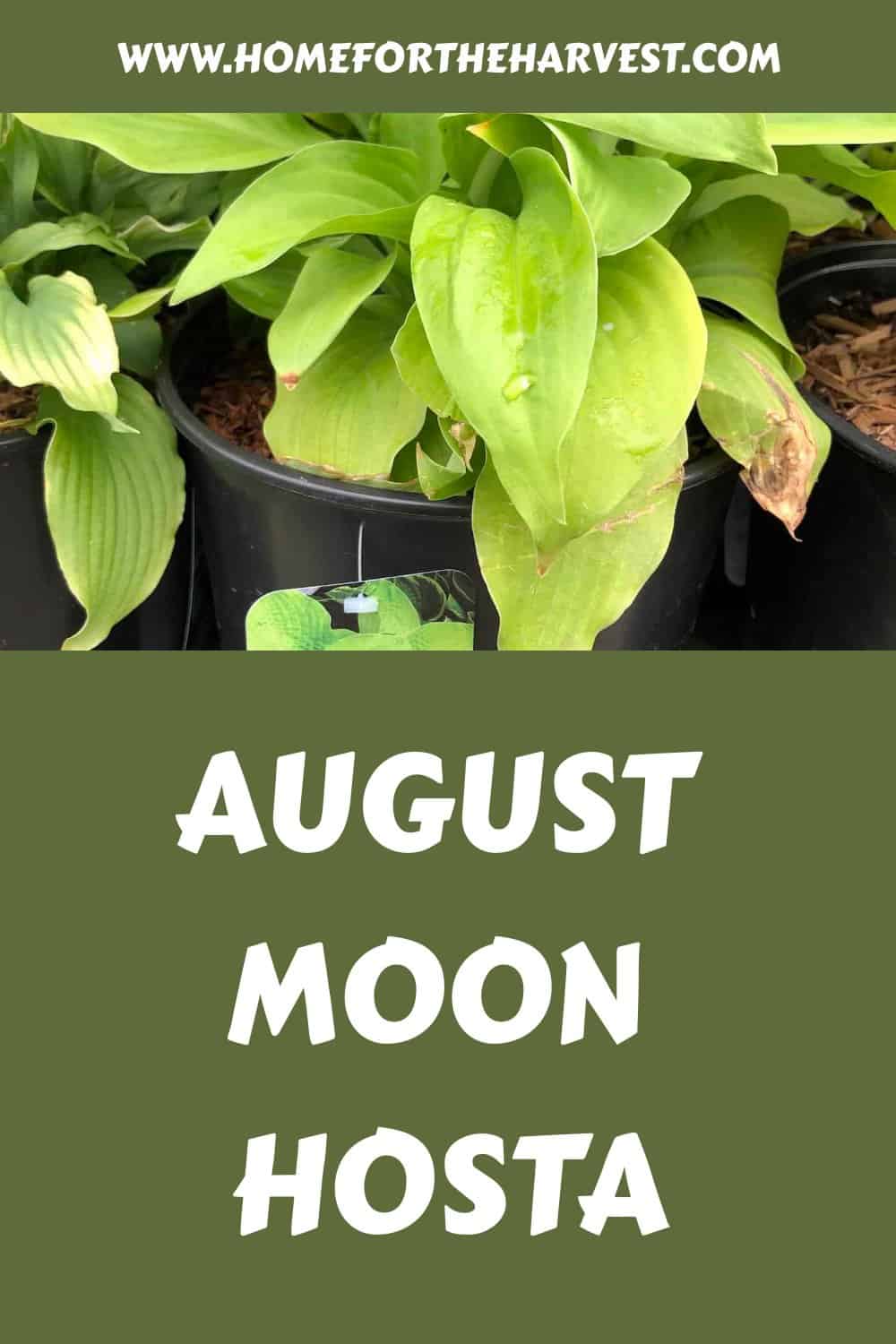August Moon hosta is a medium- to large-sized hosta variety with thick matte chartreuse-green leaves and pale lilac flowers on tall stalks. The leaves have a unique puckered texture, rather like seersucker fabric. This cultivar is known for its high tolerance to direct sunlight (and the near golden-yellow leaves it can produce). It is also fast-growing and very reliable, growing well in zones 3-9.
August Moon hosta basics
Hosta ‘August Moon’ is a popular medium-large hosta cultivar with light-green leaves. The leaves have a seersucker-like puckered texture, and the plant produces pale lilac flowers on tall stalks. August Moon hostas typically grow in the shape of a flattened mound to reach about 3.5 feet wide and 20 inches tall.
August Moon hosta is known for its high tolerance to direct sunlight and grows well in zones 3-9. August Moon hostas prefer partial sun to partial shade but can tolerate full sunlight (especially in the morning and in cooler climates). They also grow best in well-drained soil rich in organic matter.
Planting August Moon hosta
When planting your August moon hosta, be sure to choose a location that receives partial sun to partial shade. Well-drained soil is important, so make sure to amend your soil with compost or other organic matter before planting.
The best time to plant August moon hosta is in the spring. This will give the plant enough time to establish roots before the hot summer months. You can also plant hostas in the fall.
How to plant August Moon hosta
When planting your August Moon hosta, be sure to choose a location that receives partial sun to partial shade. Clear a circular area about 4 feet wide to accommodate the mature size of this hosta.
Well-drained soil is essential, so make sure to amend your soil with compost or other organic matter before planting. August Moon hostas prefer partial sun to partial shade but can tolerate full sunlight in the mornings or in less sunny regions.
Start by digging a wide, shallow planting hole. The hole should be about twice as wide as the root ball of the plant and just as deep. Then remove the hosta from its plastic nursery pot. Check to see if there are thick white roots circling the root ball (indicating the plant is rootbound). If so, gently loosen them and pull them away from the root mass.
Place the root ball in the planting hole and fill in around it with amended soil. Firm the soil gently with your hands as you go to remove any air pockets. Water well to settle the soil around the roots.
How to care for August Moon hosta
Once your August Moon hosta is planted, there are a few things you’ll need to do to keep it healthy and thriving. This includes watering it regularly for the first year or two, fertilizing it in the spring, and cutting the plant back in the fall after the first autumn frost.
Watering requirements for August Moon hosta
Watering requirements for the August Moon hosta vary depending on the climate and soil conditions, but it is generally recommended to water quite regularly during the first year or two after planting to help the plant get established. This is usually once or twice a week but may be more during summer heat waves. In hot, dry climates, it may be necessary to water more often than in cooler, wetter climates.
You can tell if your hosta needs water if the leaves start to wilt or the plant looks otherwise stressed. Try to avoid letting the plant get this dry! When watering, be sure to give the plant a deep soaking so that the water reaches all the way down to the roots.
There are a few different ways to water your hosta plant. You can water the soil from above with a watering can, or you can water the plant at the root level with a hose or drip irrigation system. Try not to water the plant’s leaves from overhead. You may need to water more often in hot, dry weather.
Fertilizing requirements for August Moon hosta
August moon hosta plants don’t require a lot of fertilizer, but you can give them an annual boost in the spring with a slow-release fertilizer or nutrient-rich compost. Be sure to follow the instructions on the fertilizer package, as too much fertilizer can burn the roots of the plant. Most slow-release fertilizers are granular products that can be spread on the soil under the leaves of the plant.
Pruning hostas
Hosta plants are low-maintenance and don’t require regular pruning. Trim off any dead or yellow leaves as they appear during the growing season, and then cut the entire plant back to the ground after the aboveground portions are killed by the first hard autumn frost. Otherwise, let the plant do its thing!
Mulching hostas
Hostas thrive in cool, moist, nutrient-rich soil. The easiest way to achieve these conditions on a consistent basis is to mulch the soil around the plant with 2″-3″ of organic mulch. Good options for hosta mulch include compost, rotted manure, hardwood mulch, or straw. Be sure to keep the mulch a few inches away from the plant’s stem to avoid rot.
The best time to mulch your hosta is in early spring before the plant starts actively growing. This will help the soil retain moisture and discourage weeds from germinating. You can also add a fresh layer of mulch in the fall after you’ve cut the plant back.

Companion plants for August Moon hosta
August moon hosta plants make great additions to any garden, and they especially look lovely when planted with other shade-loving plants like ferns. Some good companion plants for the August Moon hosta include flowering shrubs like hydrangea, small trees like Japanese maple, and dark groundcovers like pachysandra. Choose darker-colored plants to contrast with the vibrant green of this variety.
Pests affecting hostas
Hostas can be affected by a variety of pests. The most common pests are snails and slugs, which can damage the leaves of the plant as they feed. These pests can be controlled with snail or slug bait like a homemade beer trap or by hand-picking them off the plant.
Another common pest is aphids, which can be controlled with organic insecticidal soap or horticultural oil. Be sure to read the instructions on the product before using it.
Diseases affecting hosta
One of the most common problems with August moon hosta is powdery mildew. This fungal disease appears as a white or gray powdery coating on the leaves of the plant. It is most likely to occur in humid weather when there is poor air circulation around the plant.
Water the plant at the base rather than from overhead to prevent powdery mildew. This will help to keep the leaves dry. You can also try using an organic fungicide labeled for powdery mildew. Be sure to follow the instructions on the product label.
Other common diseases that can affect August moon hosta include leaf spot and crown rot. These diseases are also most likely to occur in wet conditions. Water the plant at the base rather than from overhead to prevent them. If the plant does get leaf spot or crown rot, you can try treating it with an organic fungicide. Again, be sure to follow the instructions on the product label.







